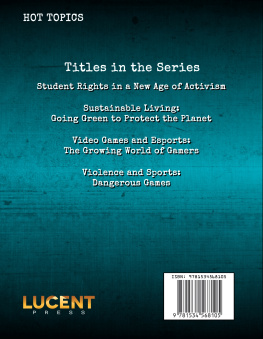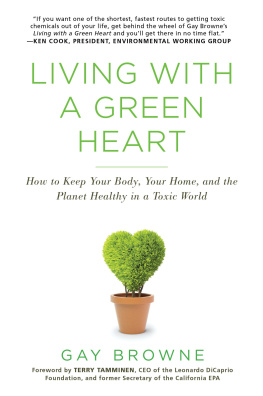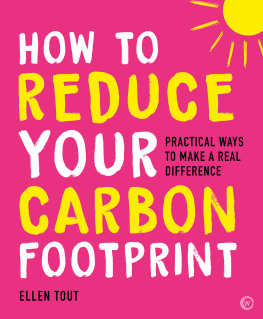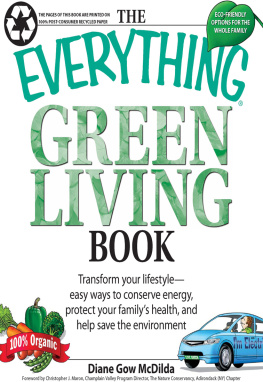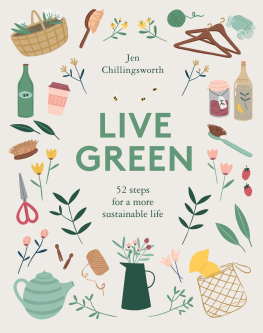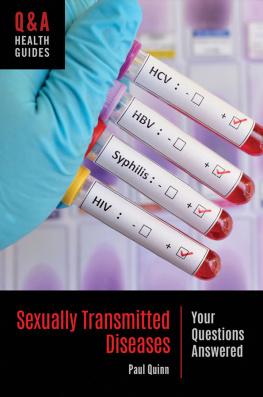Copyright 2018 by ABC-CLIO, LLC
All rights reserved. No part of this publication may be reproduced, stored in a retrieval system, or transmitted, in any form or by any means, electronic, mechanical, photocopying, recording, or otherwise, except for the inclusion of brief quotations in a review, without prior permission in writing from the publisher.
Library of Congress Cataloging in Publication Control Number: 2017046436
ISBN: 978-1-4408-5982-3 (print)
978-1-4408-5983-0 (ebook)
222120191812345
This book is also available as an eBook.
Greenwood
An Imprint of ABC-CLIO, LLC
ABC-CLIO, LLC
130 Cremona Drive, P.O. Box 1911
Santa Barbara, California 931161911
www.abc-clio.com
This book is printed on acid-free paper 
Manufactured in the United States of America

Contents

All of us have questions about our health. Is this normal? Should I be doing something differently? Who should I talk to about my concerns? And our modern world is full of answers. Thanks to the Internet, theres a wealth of information at our fingertips, from forums where people can share their personal experiences to Wikipedia articles to the full text of medical studies. But finding the right information can be an intimidating and difficult tasksome sources are written at too high a level, others have been oversimplified, while still others are heavily biased or simply inaccurate.
Q&A Health Guidesaddress the needs of readers who want accurate, concise answers to their health questions, authored by reputable and objective experts, and written in clear and easy-to-understand language. This series focuses on the topics that matter most to young adult readers, including various aspects of physical and emotional well-being, as well as other components of a healthy lifestyle. These guides will also serve as a valuable tool for parents, school counselors, and others who may need to answer teens health questions.
All books in the series follow the same format to make finding information quick and easy. Each volume begins with an essay on health literacy and why it is so important when it comes to gathering and evaluating health information. Next, the top five myths and misconceptions that surround the topic are dispelled. The heart of each guide is a collection of questions and answers, organized thematically. A selection of five case studies provides real-world examples to illuminate key concepts. Rounding out each volume are a glossary, directory of resources, and index.
It is our hope that the books in this series will not only provide valuable information but also help guide readers toward a lifetime of healthy decision making.

At this point, everyone knows that climate change is a concern. Global temperatures are rising. Global carbon dioxide levels are rising. Global sea levels are rising. Scientists debate the details, but the consensus is real: the climate is changing and it is changing because of human actions.
The question is, what to do about it? How can one individual live sustainably and conserve and preserve the worlds natural resources? Governments and businesses, motivated by varying combinations of public and financial interest, argue about this issue. Climate change, in particular, has been made a political football. It can be hard to discuss it in a rational manner because people are so emotionally invested in the issue.


